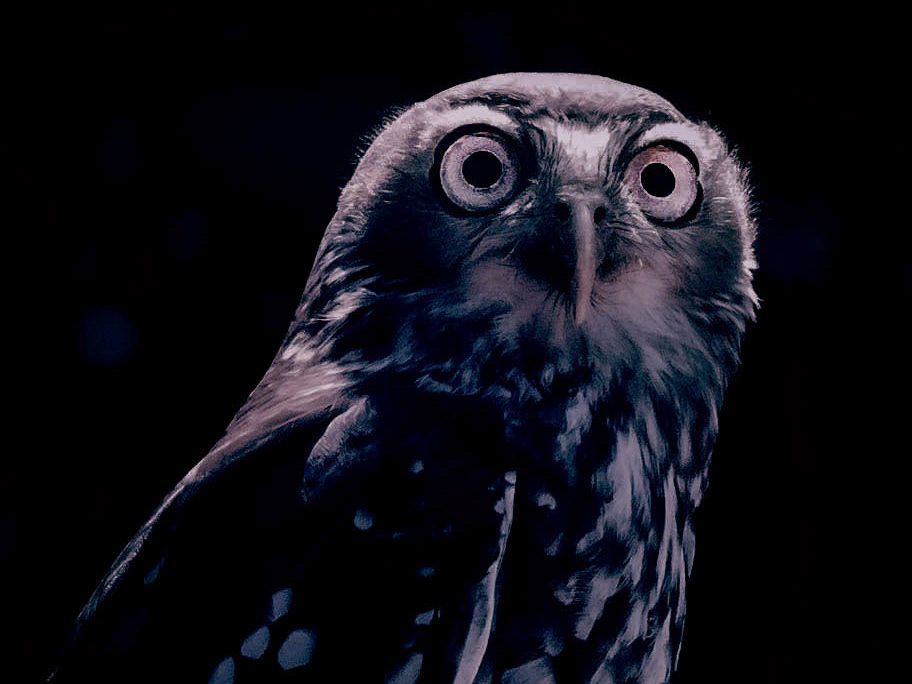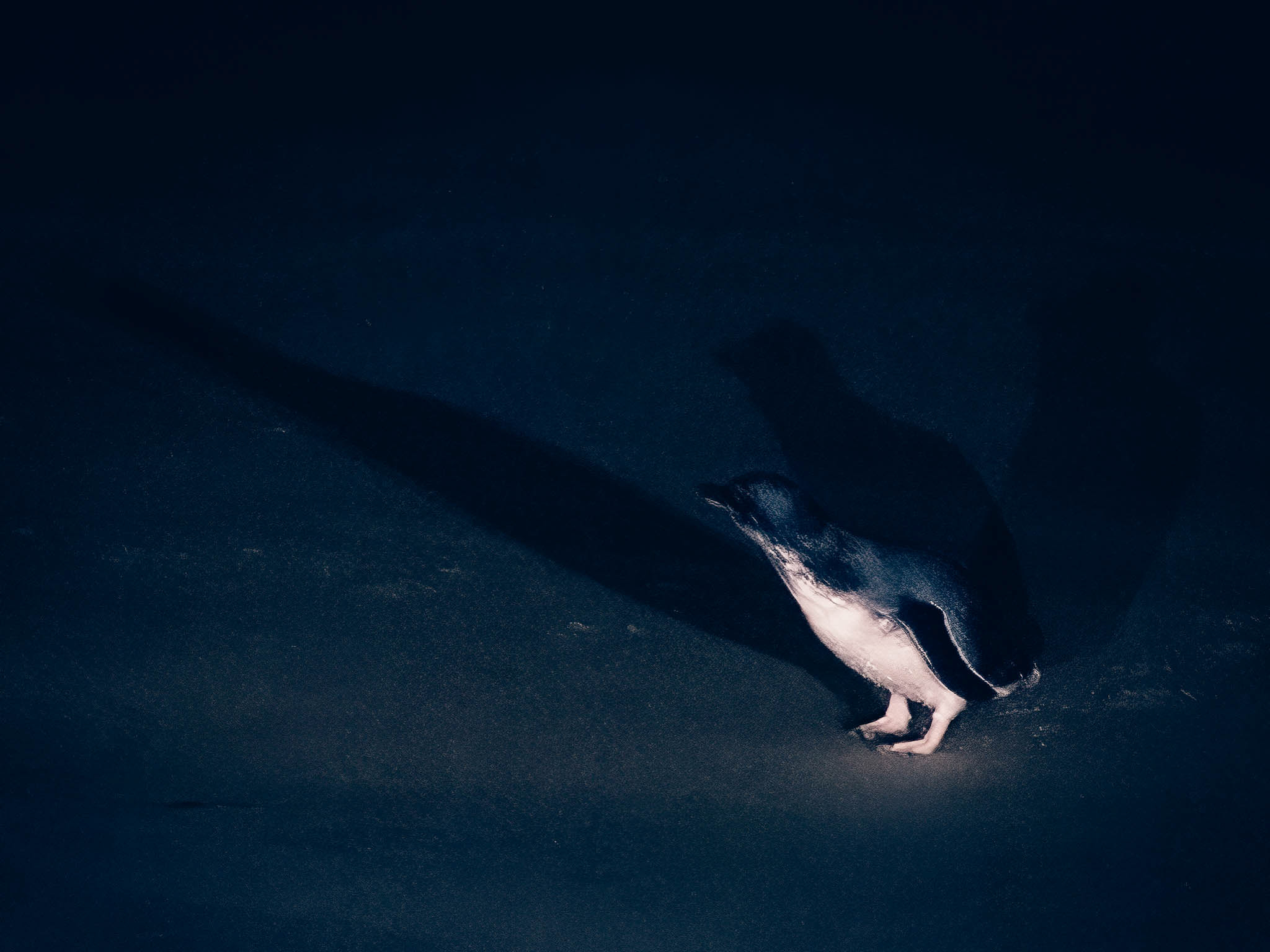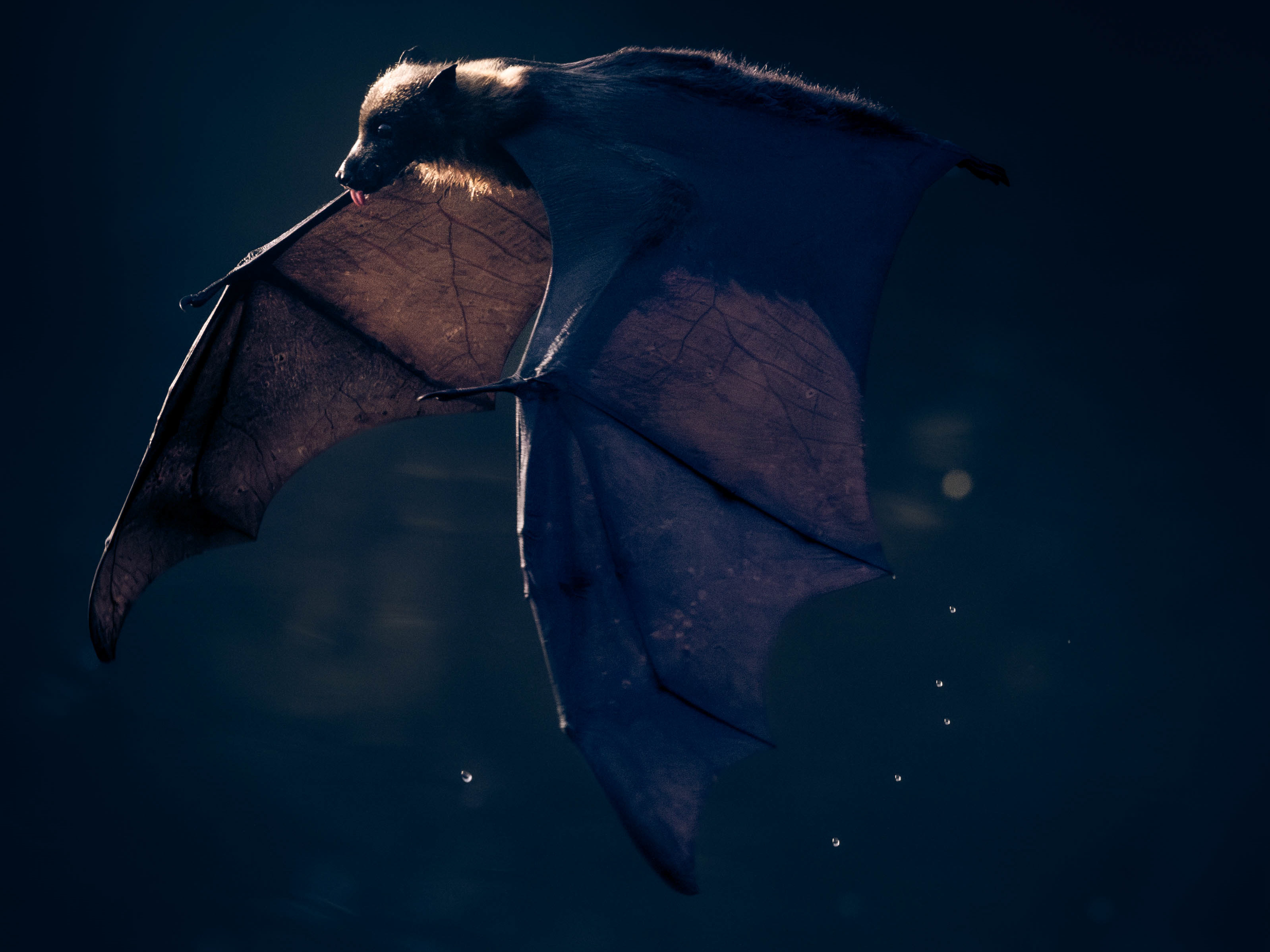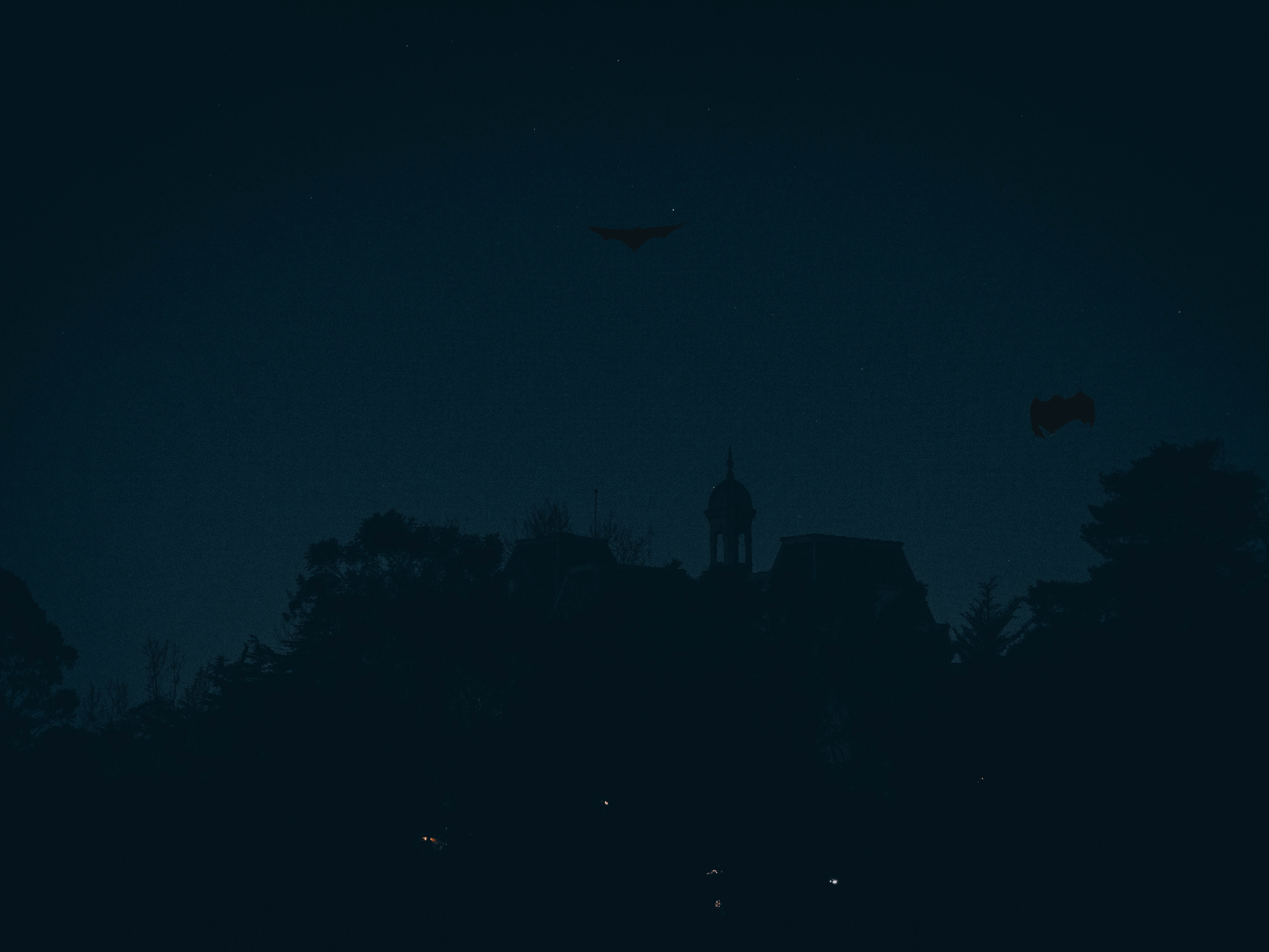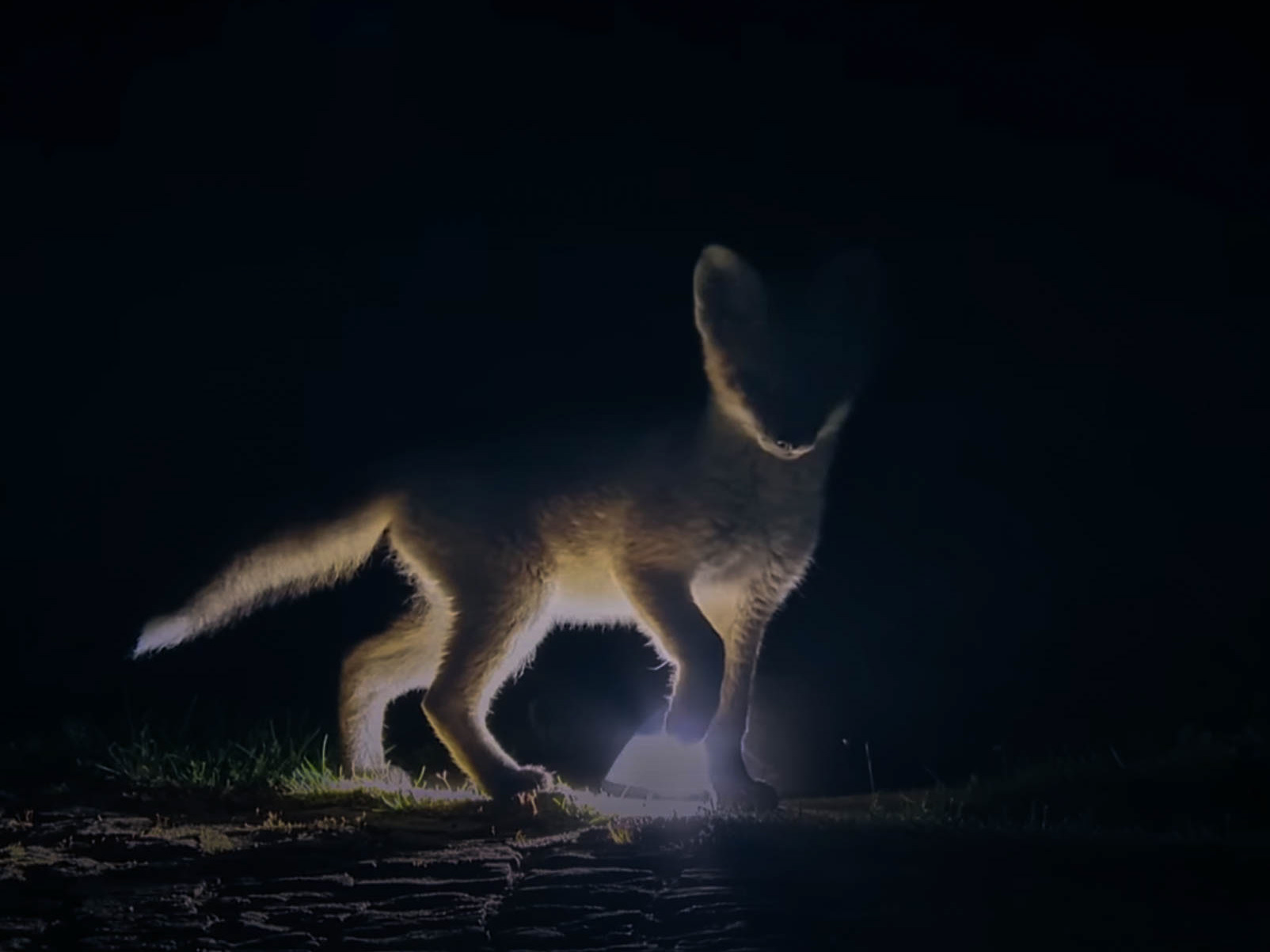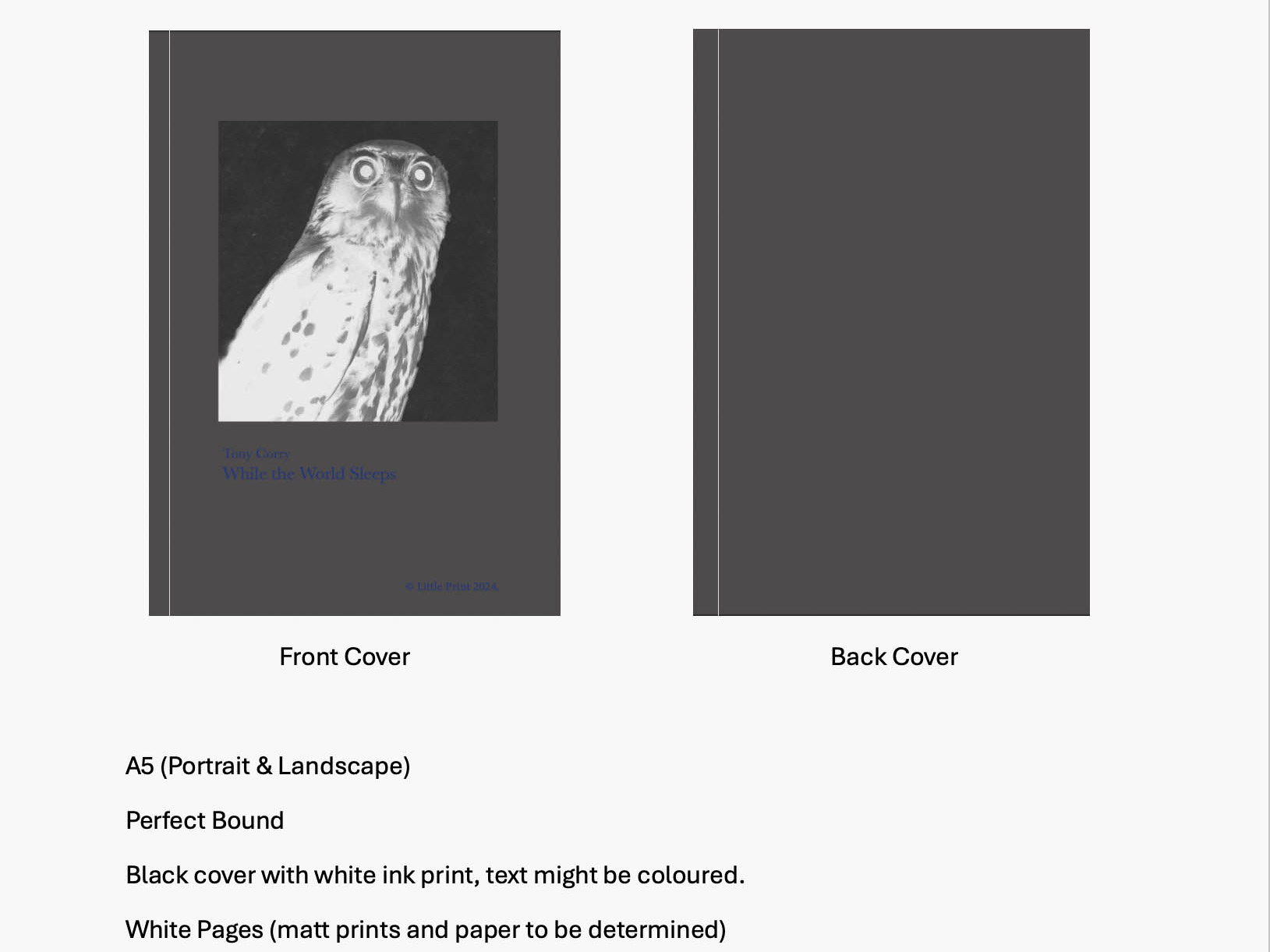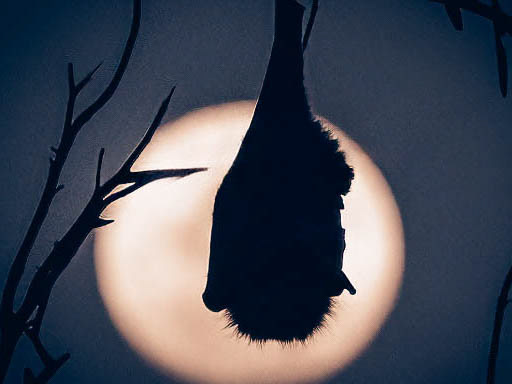Adapting to an urban landscape very different to their natural habitat, many animals have learned to live within these boundaries. Owls, foxes, and possums for example, have become more active at night to avoid human interaction and look for food in relatively safe places. Birds and ducks often use artificial ponds or lakes in city parks as a water source and shelter. It is important for humans to respect and understand the presence of urban wildlife and in most cities, there has been a gradual shift in attitude towards urban conservation, to preserve its green spaces. Some people also actively provide bird feeders on their properties in addition to the volunteers who monitor native species such as birds and sugar gliders in nest boxes. Human impacts from deforestation and urbanisation have left a profound imprint on wildlife causing habitat fragmentation, loss of natural ecosystems and altered the composition of their populations.
Although there has been an increase in urban wildlife research, behavioural changes of urban animals are still rather limited. Mammals have shown adaptive responses and more alert behaviour than their rural counterparts. With increased nocturnal activity, shifts in vigilance as well as changes in diet. While birds have also adapted to the urban environment with shifts in vocalisations due to noise pollution, emitting louder and higher-frequency sounds to communicate, human disturbance has shown to affect age and behaviour such as territorial aggression considering the availability of food sources. Despite some of these drawbacks, these animals have shown resilience and adaptability to survive in the urban landscape. In order to preserve the natural environment, urban conservation in parks and other green spaces has provided a kind of sanctuary for urban species. By placing food sources away from residential areas, it can aid in creating harmony between humans and wildlife and help reshape our urban landscape for a more sustainable future.
